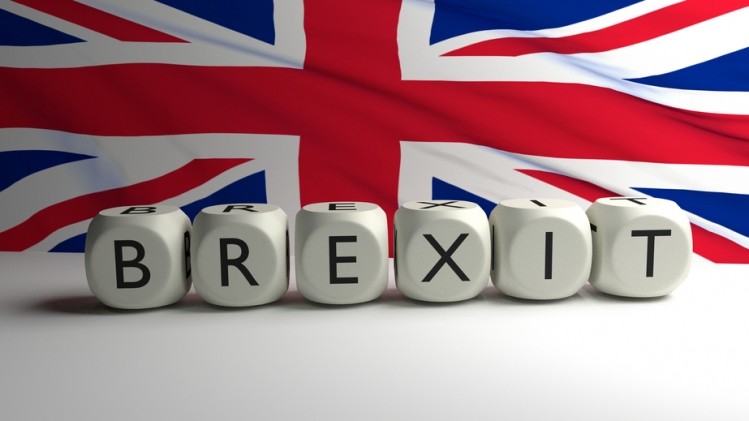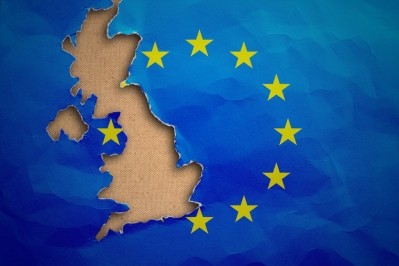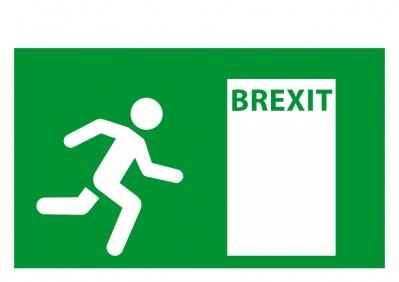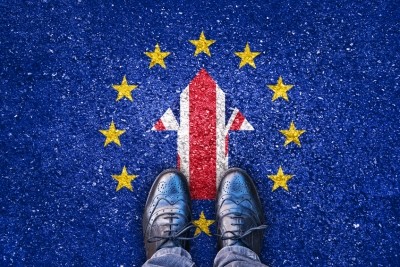Concerns remain over 'hassle and extra cost’ following UK no-deal Brexit labelling advice

The updated guidance, published this week, outlined changes to country-of-origin rules, the EU organic label and the EU emblem.
As of 29 March, Defra said products sold in the UK or EU will need to adhere to the following changes:
- Country-of-origin labels: UK food should not be labelled as originating from the EU. For the UK market, Defra recommended making additional information available online and in store to clarify the origin of the food.
- EU organic logo: The EU organic logo should not be used on any UK organic products, unless the UK and EU reach an equivalency arrangement.
- EU emblem: UK food makers must not use the EU emblem on goods produced in the UK unless authorised by the EU to do so.
- Companies that currently produce food that qualifies for the Geographical Indication (GI) logo must ensure they use the relevant UK logo (not yet released) on any products for sale in the UK. The deadline for this is March 2022.
A ‘pragmatic’ response
The Department of Food, Environment and Rural Affairs said that some of the changes would come into effect on Brexit day while others would have a transition period before compliance was required. However, it stressed that UK authorities would take a “pragmatic” approach to implementation.
“The UK government is aiming, wherever possible, to allow a transition period for labelling changes in relation to goods produced or imported and placed on the UK market after exit day,” Defra stated.
According to consultancy RSM, the guidance raises as many questions as it answers. "The guidance from the Government regarding food and drink labelling in the event of a no deal Brexit will no doubt offer manufacturers some clarity. However, it also raises more questions,” Mark Nisbett, partner at RSM said.
In particular, Nisbett said that UK food makers need clarity on what approach the EU will take.
“What approach will the EU, or specific European countries take, particularly where they might want to protect their own local producers?
“If the EU doesn’t take a pragmatic view, Defra is advising producers to replace the label or put a new one on top, so the product can remain on EU shelves from 29 March 2019. This will add hassle and extra cost for businesses to relabel each product, but the guidance doesn’t go into detail about what is ‘on market’. For example, will stock in warehouses or out at retailers need relabelling before 29 March 2019?”
And what will the future hold?
The future of food labelling in the UK after Brexit also remains uncertain, Pete Martin, regulatory affairs director at Ashbury Labelling, told FoodNavigator.
“Brexit means there are opportunities to change the way in which labelling on UK food products is undertaken. Defra has said that once the UK exits the EU all of food labelling is ‘up for grabs’. This could mean that next year will be a time for many aspects of food labelling legislation to be considered and how it is conveyed to the consumer to be changed. These may cover any number of areas such as method of production, method of slaughter for meat products, sustainability, Country of Origin, nutrition, use of QR codes and so forth.
“Other considerations are whether we put more information on-pack or do we have less? Can we make better use of IT? Could we use more consumer-friendly language on health claims? Could nutrition and health claims require less onerous levels of proof and perhaps allow simpler information for consumers, so they can make better choices?”
With Brexit uncertainty continuing, it is unclear what direction the UK government will take as it looks to develop a ‘sovereign’ food labelling policy.


















